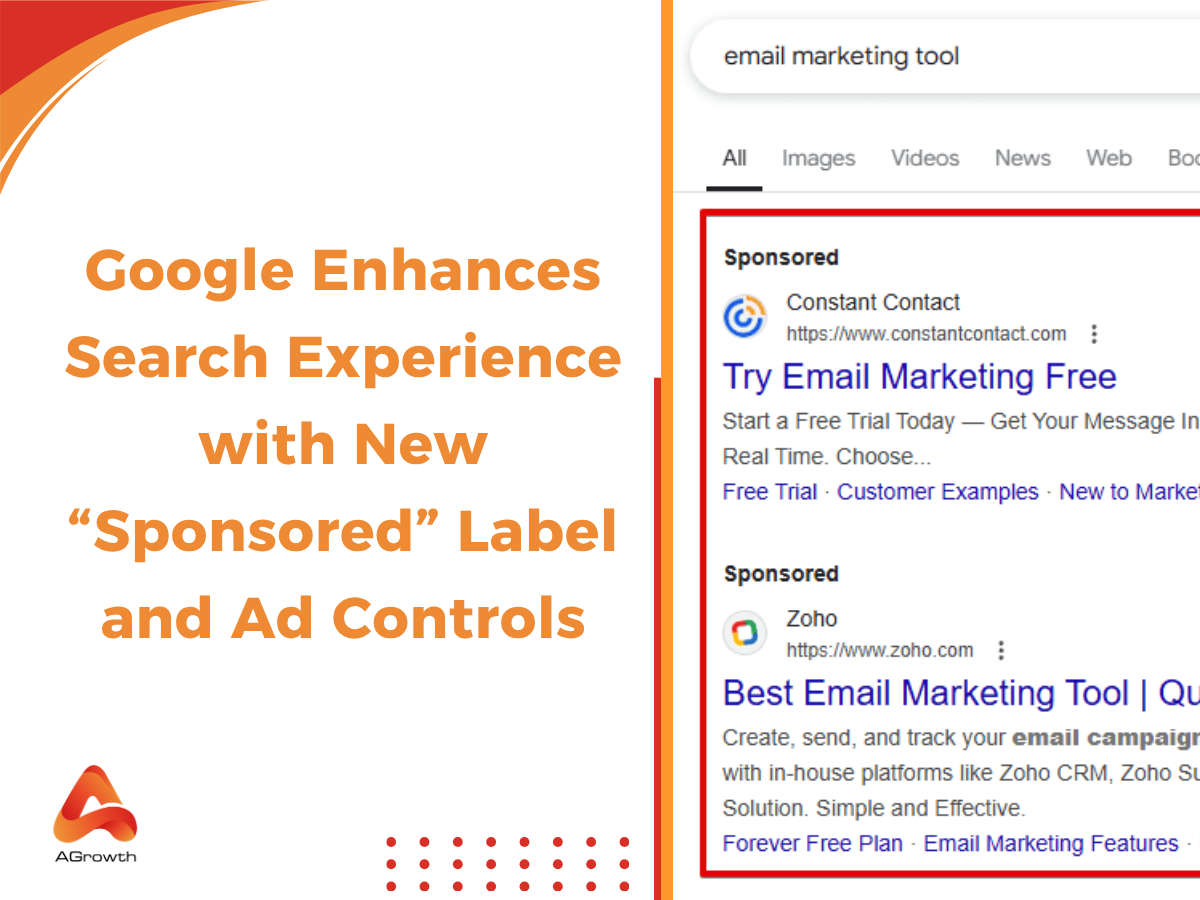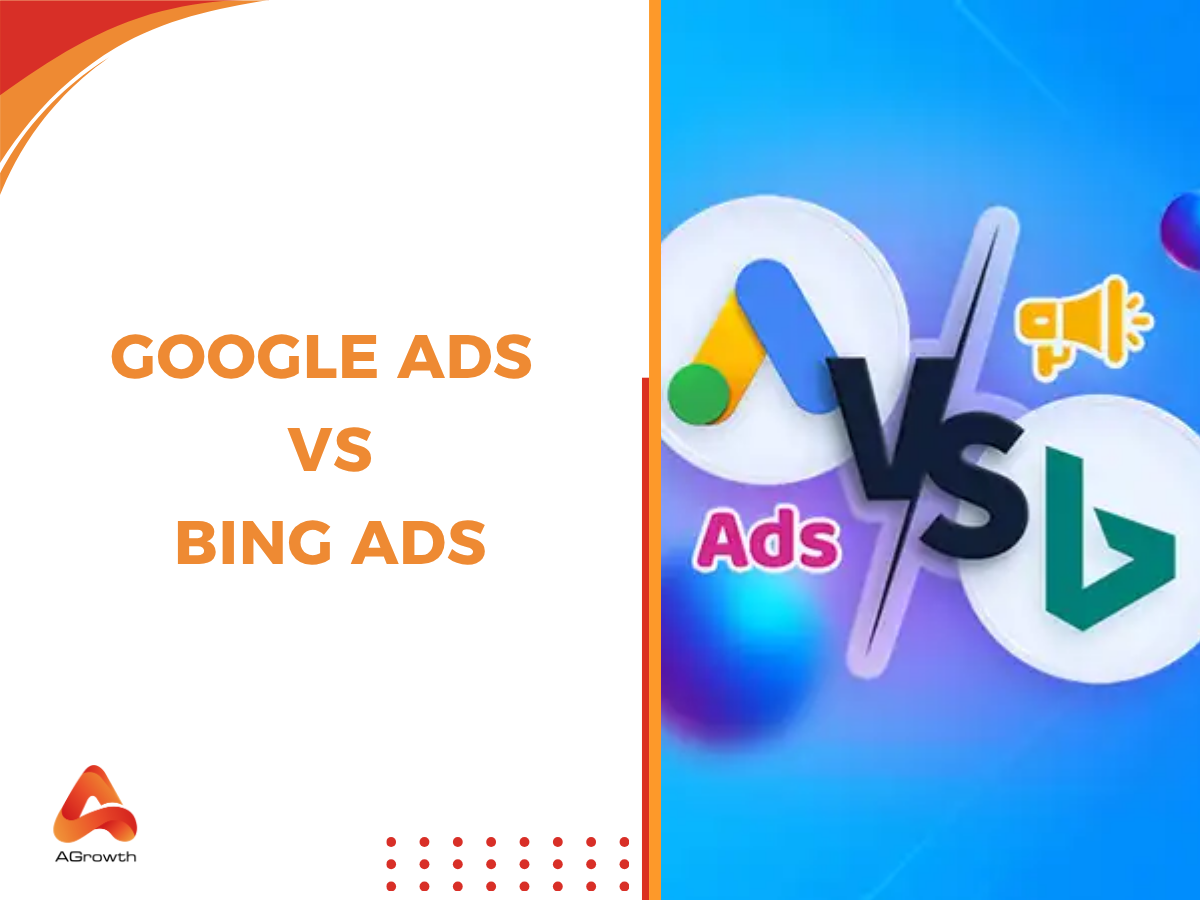
Table of Contents
Google Ads Bidding Strategies for Smarter Campaigns
Bidding strategies are one of the most critical elements in Google Ads. They determine how much you’re willing to pay for a click, impression, or conversion—and ultimately influence the visibility and profitability of your campaigns.
For advertisers with experience running campaigns, understanding bidding goes beyond simply choosing between manual CPC and smart bidding. It’s about understanding how each strategy works, when to apply it, and its impact on auction outcomes and ROI.
This guide explores Google Ads bidding in depth, covering the types of strategies, how they work, their impact on Quality Score and Auction Insights, and advanced practices that seasoned advertisers can use to gain a competitive edge.
What Is Google Ads Bidding?
Google Ads bidding is the process of telling Google the maximum amount you're willing to pay for a specific action on your ad, most commonly a click (cost-per-click or CPC). However, this is just the starting point. Your bid is a critical input into the Google Ads auction, a complex, real-time system that determines if your ad will show and where it will rank on the search results page. Think of it as your entry ticket to the auction; a well-calibrated bid, combined with high-quality ads and landing pages, is your key to winning valuable placements without overpaying.

Overview of Google Ads Bidding Strategy Types
Google Ads offers a range of strategies, grouped under manual and automated bidding. Each has its place depending on campaign maturity, data availability, and business objectives.
Manual CPC
-
You set bids at the keyword or ad group level.
-
Useful for advertisers who want full control over costs.
-
Downsides: time-consuming, lacks auction-time optimization.
Enhanced CPC (eCPC)
-
A hybrid of manual and automation.
-
Google adjusts your manual bids slightly up or down based on the likelihood of a conversion.
-
Good for transitional campaigns moving toward automation.
Maximize Clicks
-
Automated bidding aimed at generating the most clicks within budget.
-
Best for traffic campaigns, but not always optimal for ROI.
Maximize Conversions
-
Uses machine learning to drive as many conversions as possible within budget.
-
Strong choice when tracking is set up correctly.
Maximize Conversion Value
-
Optimizes for revenue or lead value rather than conversion volume.
-
Highly effective for e-commerce or businesses with defined sales values.
Target CPA (tCPA)
-
Sets bids to hit a specific cost per acquisition.
-
Requires historical conversion data.
Target ROAS (tROAS)
-
Focuses on maximizing return on ad spend.
-
Ideal for eCommerce and high-volume accounts.
Target Impression Share
-
Aims to achieve a desired visibility level (e.g., top of page, absolute top).
-
Suitable for brand visibility campaigns.
Manual Bidding vs. Automated Bidding
Manual and automated bidding represent two fundamentally different approaches.
With manual CPC, you control every bid, which allows precision but lacks scalability. Automated strategies, by contrast, leverage machine learning to optimize bids in real time.
Smart Bidding is a subset of automated bidding focused specifically on conversions and conversion value (Target CPA, Target ROAS, Maximize Conversions, Maximize Conversion Value).
For example
-
A lead-gen agency might prefer manual CPC in a niche campaign with limited data.
-
An eCommerce brand with 1,000+ monthly conversions is better off using tROAS, since automation thrives with more data.
How Does Google Ads Bidding Work?
For every search query, Google determines which ads to show and in what order. The process happens in a fraction of a second:
-
A User Searches: Someone types a query into Google.
-
The System Finds Ads: The Google Ads system identifies all advertisers whose keywords match that query.
-
The Auction Runs: The system filters out any ineligible ads (e.g., those targeting a different country or disapproved ads). For the remaining ads, it calculates their Ad Rank.
-
The Ad is Shown: The ads with the highest Ad Rank are displayed on the search results page.
This auction ensures that users see relevant ads while advertisers have a fair chance to reach potential customers.

The Three Components of Google Ads Auction Rankings
Your Google Ad Rank is the score that determines your ad position. A higher Ad Rank means a better position. It's not just about having the highest bid; quality is paramount.
The core components of Ad Rank are:
1. Your Bid: The maximum amount you're willing to pay for a click. While important, a higher bid can't always overcome poor quality.
2. Ad and Landing Page Quality (Quality Score): This is Google's rating of the quality and relevance of your keywords, ads, and landing page. It's composed of three main factors:
-
-
Expected Google Click-Through Rate (CTR): The likelihood that your ad will be clicked when shown.
-
Ad Relevance: How closely your ad matches the intent behind a user's search.
-
Landing Page Experience: How relevant and useful your landing page is to the people who click your ad.
-
Want to understand how Google evaluates relevance and ad experience? Check out our detailed breakdown of Google Ads Quality Score.
3. Ad Rank Thresholds, Context, and Ad Extensions:
-
-
Ad Rank Thresholds: A minimum quality threshold your ad must meet to be shown.
-
Context of the Query: The system considers the user's location, device, time of search, and other signals to determine ad rank.
-
Expected Impact of Ad Extensions and Formats: Google considers how extensions (like sitelinks, callouts, and location information) will impact your ad's performance.
-
AGROWTH - GOOGLE AGENCY ACCOUNT
⭐ Managed campaigns with expert guidance
⭐ Flexible invoice-based billings, custom top-ups
⭐ High resistance to suspension via agency tier
⭐ Quick fund transfer to the new account if needed
⭐ Priority support via Google Partner channel
⭐ Lower fees from 3-5%
⭐ Eligible for bonus credit up to $384
How to Set Your Bid & Bidding Strategy
Setting up your bidding strategy is a foundational step in creating any new campaign. The process should be deliberate and aligned with your overarching business goals.
-
Define Your Goal: What is the primary objective of this campaign? Is it to generate leads (CPA), sell products with varying prices (ROAS), or drive traffic (Clicks)?
-
Choose a Bidding Strategy in Campaign Settings: Within your Google Ads campaign settings, navigate to the "Bidding" section.
-
Select a Strategy: Based on your goal, select the most appropriate bid strategy from the dropdown menu (e.g., Maximize conversions, Target CPA, etc.).
-
Set Your Budget: A bid strategy works in tandem with your daily budget. Your budget will constrain how many clicks or conversions your bid strategy can achieve.
-
Establish Targets (If Applicable): For strategies like Target CPA or Target ROAS, you'll need to input your desired cost-per-action or return-on-ad-spend goal. It's crucial to set realistic targets based on historical performance data. If you're unsure, let the campaign run on "Maximize Conversions" first to establish a baseline CPA.
For a deeper dive into financial planning, explore our guide on Google Ads Budget Optimization.
When to Switch from Manual to Automated Bidding: The Telltale Signs
Migrating from manual to automated bidding is a significant step towards more efficient campaign management. Recognizing the right moment to make this transition is key to unlocking the full potential of your account.
Here are the key signs that you're ready to make the switch:
-
Sufficient Conversion Data: The most critical factor. As a general rule, you should have at least 15-30 conversions within 30 days for a specific campaign before switching to a conversion-focused Smart Bidding strategy. More data leads to better machine learning.
-
You're Spending Too Much Time on Bid Adjustments: If you find a significant portion of your day is spent manually changing bids for hundreds of keywords, it's time to let automation take over.
-
Performance Has Plateaued: If your manual optimization efforts are no longer yielding significant improvements in CPA or ROAS, it's a sign that the algorithm's ability to analyze thousands of signals could break through that plateau.
-
You Want to Leverage Auction-Time Bidding: You understand the value of optimizing for signals like a user's device, location, and remarketing list affiliation in real-time—something impossible to do manually.
For an in-depth look at this powerful technology, read our guide to Google Automated Bidding.
Advanced Strategies and Best Practices
As Google Ads bidding becomes more competitive, advertisers who rely only on default settings often leave efficiency on the table. Advanced strategies help you squeeze more value out of every impression while keeping long-term goals in focus.
Layer Audience Targeting with Bidding
Even though bidding is often thought of as keyword-centric, advanced advertisers combine it with audience layers (in-market, affinity, custom segments). For example:
-
Increase bids by +20% for high-intent remarketing audiences.
-
Lower bids for generic searches when the user does not fall into your core demographic.
This hybrid approach ensures you are not paying the same CPC for every searcher but instead aligning spend with audience quality.
Device and Location Bid Adjustments
Automated bidding strategies adapt to signals, but manual overrides still make sense when data clearly shows a performance split. For instance, if mobile generates 70% of conversions but desktop drives higher AOV (average order value), you can segment campaigns or apply device modifiers.
-
Similarly, geo-based adjustments (city vs rural, state vs national) ensure your budget is weighted towards high-value regions.
-
Google support notes: “Location bid adjustments allow you to increase or decrease your bids for searches from specific locations.”
Portfolio Bid Strategies
Instead of optimizing campaigns in isolation, you can group multiple campaigns into a portfolio bidding strategy. This is especially powerful for Target ROAS or Target CPA across different campaigns, where Google’s algorithm uses a larger dataset to make smarter adjustments.
-
Best for advertisers with diverse product lines but shared KPIs.
-
Helps balance out underperforming vs high-performing campaigns at an account level.
Experiment with Bid Strategy Testing
Google Ads offers drafts & experiments where you can split traffic to test two bidding strategies side by side. For example, run 50% of traffic on Maximize Conversions and 50% on Target CPA. After 2–4 weeks, compare not just CPA but also conversion quality, revenue per conversion, and volume consistency.
This prevents over-reliance on assumptions and gives you hard evidence before committing account-wide.
Integrate Offline Conversion Tracking (OCT)
For B2B or high-ticket products, online form submissions don’t always represent final sales. By integrating offline conversions into Google Ads, Smart Bidding can optimize towards actual revenue or closed deals, not just leads.
-
Example: Import Salesforce or HubSpot deal data to weigh higher-value customers more heavily in bidding decisions.
-
This shifts the algorithm from optimizing for quantity to optimizing for profitability.
Budget and Bidding Synergy
A common mistake is treating bidding and budgeting as separate levers. In reality, they are two sides of the same coin. Smart Bidding works best when budgets are not overly restrictive. For example:
-
If you set a tight daily cap, the algorithm cannot explore enough auctions to learn.
-
A healthy budget buffer allows Smart Bidding to stabilize faster.
Seasonality and Smart Bidding Adjustments
Smart Bidding learns from historical data, but seasonal promotions (Black Friday, product launches) can throw it off. Google allows you to set seasonality adjustments: short-term modifiers that tell the system to expect higher or lower conversion rates during a specific period.
-
Crucial for e-commerce brands with heavy discount cycles.
-
Prevents Smart Bidding from under- or over-adjusting once the event ends.
Hybrid Models: Manual + Smart Layers
Some advanced advertisers use hybrid setups, where manual bidding is applied to “control campaigns” (e.g., branded keywords) while Smart Bidding runs on broader, conversion-driven campaigns. This provides both predictability and scalability.
-
Manual CPC for brand campaigns ensures you don’t overpay for clicks you would likely get anyway.
-
Smart Bidding for non-brand campaigns lets Google optimize based on more complex signals.
Continuous Monitoring with Auction Insights
Even with automation, vigilance is required. Use Auction Insights to monitor competitor overlap, impression share, and position. If a competitor aggressively raises bids, you may need to shift strategies:
-
Move from Maximize Clicks to Target CPA if traffic quality drops.
-
Raise impression share targets temporarily if market share is a priority.
FAQs
Can I use automated bidding with a small budget?
Yes, but with caveats. Strategies like "Maximize Clicks" can be effective even with small budgets. However, for conversion-based strategies like "Target CPA" or "Target ROAS," you need sufficient conversion volume (ideally 15+ per month) for the algorithm to work effectively. Without enough data, it may struggle to optimize.
Will using a higher bid guarantee the top ad position?
Not necessarily. Ad Rank is determined by both your bid and your Quality Score. An advertiser with a phenomenal Quality Score could achieve a higher ad position than someone with a higher bid but a poor Quality Score. This system incentivizes advertisers to create high-quality, relevant ad experiences for users.
Is it possible to use multiple bidding strategies in the same account?
Yes. Many advertisers run Manual CPC for brand campaigns while using Target CPA or ROAS for broader campaigns. Portfolio bid strategies let Google optimize across multiple campaigns at once.
What is the difference between Google Ads bidding strategies and bid adjustments?
Bidding strategies set the overall method of how bids are managed (manual, automated, Smart), while bid adjustments are modifiers applied to specific factors like devices, locations, or audiences. Strategies are the framework, adjustments are the fine-tuning.
You can also read:









Your comment